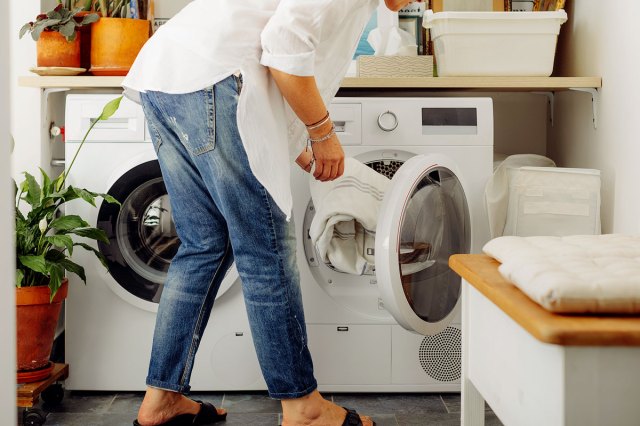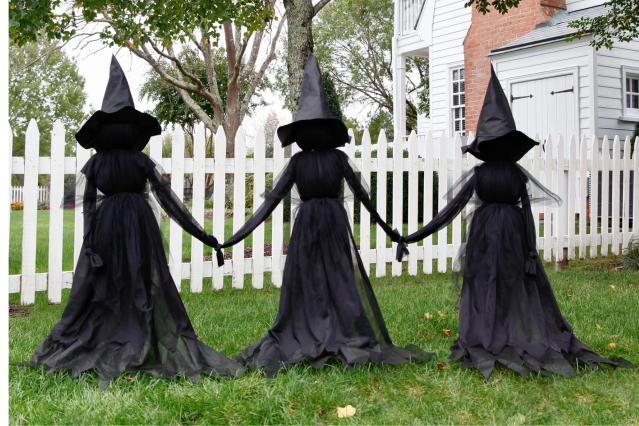If you hate sorting laundry, here’s some good news: It’s not always necessary! These days, many clothes are dyed in a way that makes the colors less likely to run. Plus, a lot of clothing is made from synthetic fabrics, which are more colorfast than natural fibers. So, when is it a good idea to separate your lights from your darks?
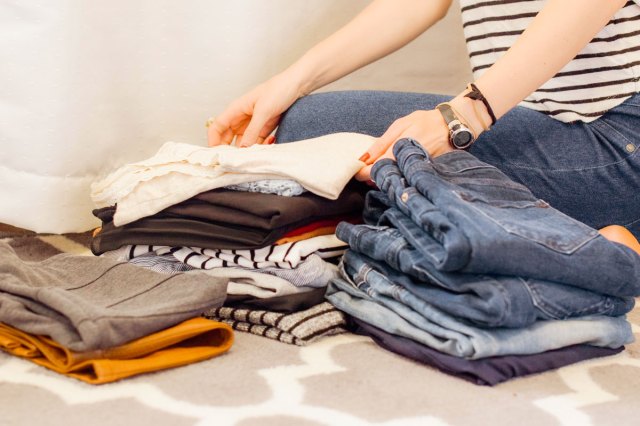
Separate New Clothing
New clothing contains more dye, making it more likely that new shirts and pants will bleed into other articles in the wash (something particularly true of denim). Separate bright and dark items into their own loads for their first couple of washes. After the first few times through the washer, the excess dye should be gone, and you can wash your clothes together.
If unsure whether an item’s dye will run, check color fastness by placing it in a bowl or sink with warm water. You can wash the item with other clothes if the water remains clear. If there’s color in the water, your dye will likely run, and you should wash it separately. You can also include color-catching products in the wash to protect lighter items from dye run-off.
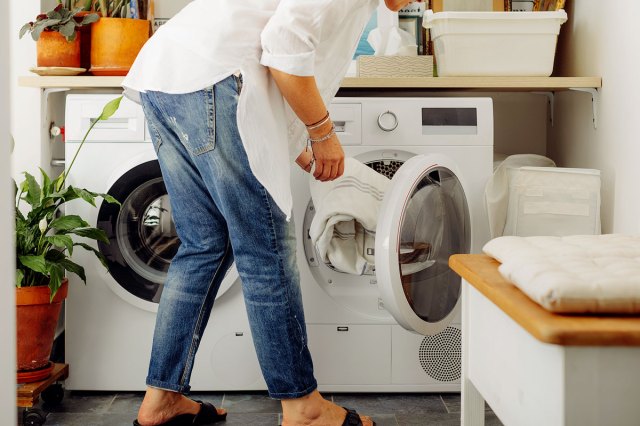
Separate Certain Fabrics
Check the washing instructions every time you purchase new clothes or linens. If the label says “dry clean only” or “hand wash only,” follow that guidance.
But certain fabrics should be kept separate when washed. For example, performance fabrics like spandex should be washed separately. There are special detergents to clean these fabrics, which will help your activewear last longer. Washing microfiber separately lets the fibers maintain their strength and not break down as quickly. Fleece or other fabrics prone to shedding should also be separated from your other clothes so as not to ruin them with lint.
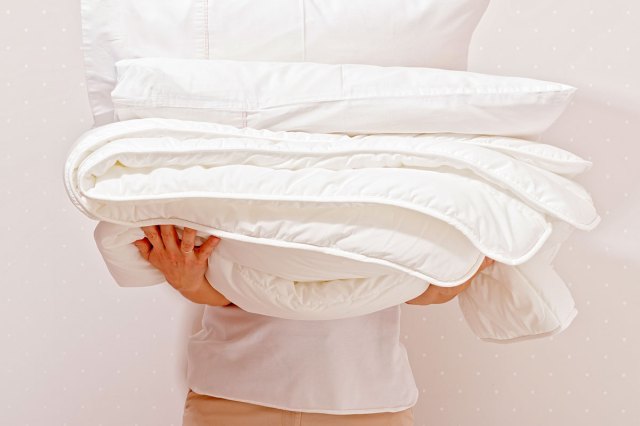
Separate Lightweight and Heavyweight Items
Separating laundry by weight can be better for your washer, as it’s less likely to become unbalanced. In addition, lightweight fabrics, such as t-shirts, will last longer if they aren’t over-dried in a cycle with heavier fabrics like bath towels.
Reader Favorites
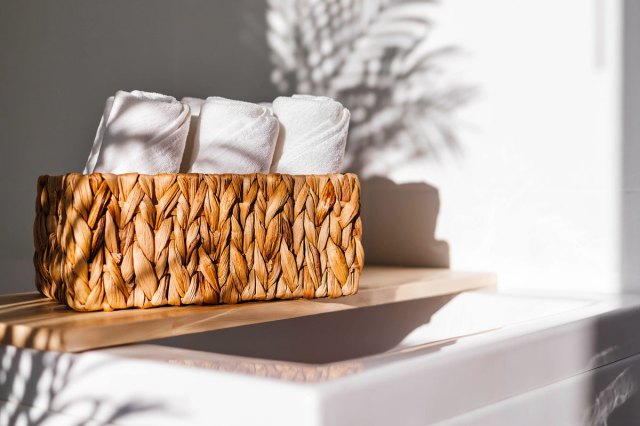
Separate to Be Eco-Friendly
Doing smaller and more frequent loads of sorted laundry is environmentally friendly. Your machine spends about 90% of its energy to warm up water, so smaller, sorted loads washed in cold water use less power.

Separate Clothes by How Dirty They Are
Items like your gardening overalls require more cleaning than the shirts you wear to the office. Washing these things in different loads makes sense because it’s better not to unnecessarily subject clothing to longer, more intense wash cycles. In addition, separation will keep the dirt and grit left on clothes from DIY projects or kids’ playground activities from transferring to cleaner pieces during the wash cycle.
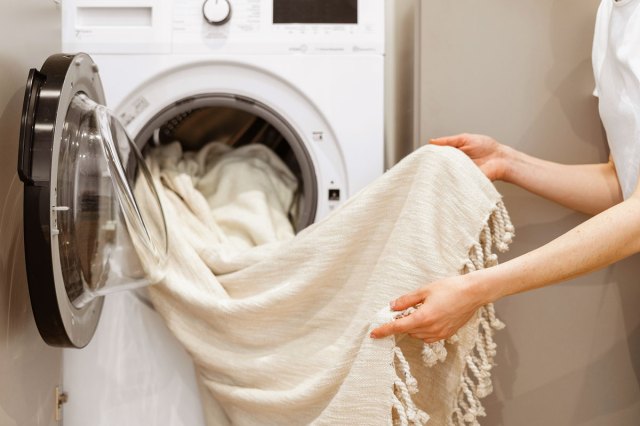
Be Smart About Unseparated Loads
If you do combine loads, here are a few tips to make unsorted laundry washes a success:
• Stick to cold water and the gentle cycle whenever possible.
• Refrain from overloading the washing machine or adding more detergent than necessary.
• Place delicate items in a protective mesh bag before putting them in your washer.
• Close zippers and buttons to prevent them from damaging other items in the wash.
• Launder clothes that may fade, such as denim jeans, inside out.
Featured Image Credit: Eva-Katalin/ iStock
More From Our Network
Better Report is part of Inbox Studio, which publishes content that uplifts, informs, and inspires.
